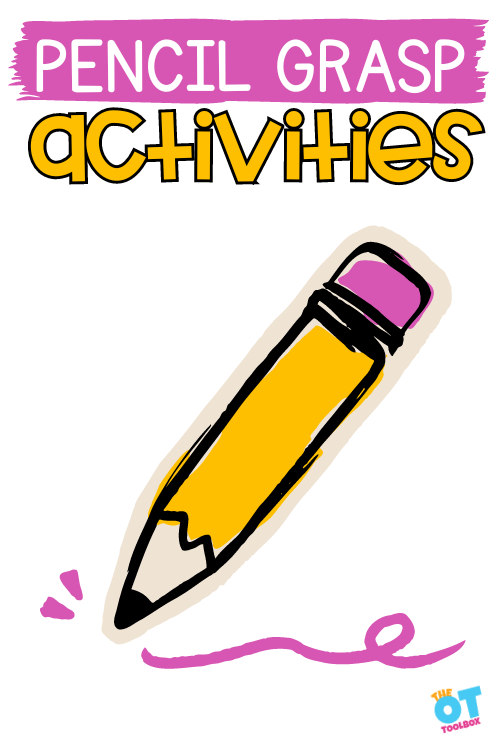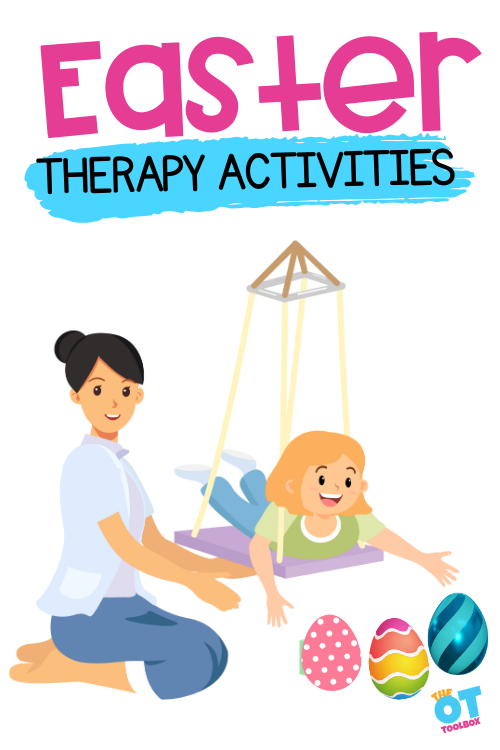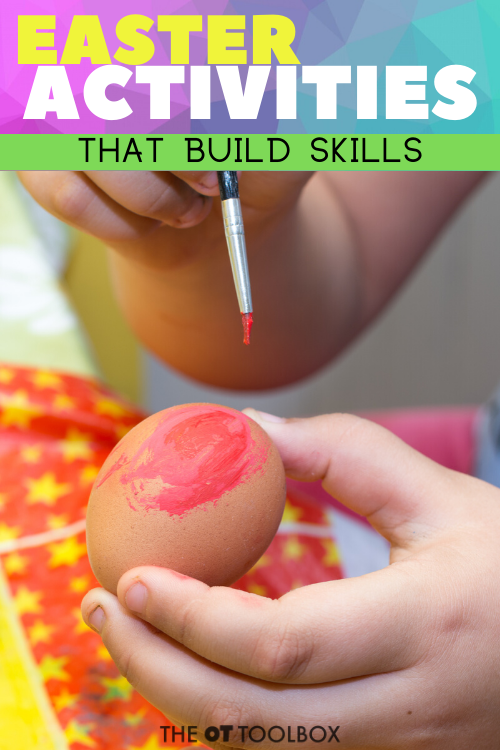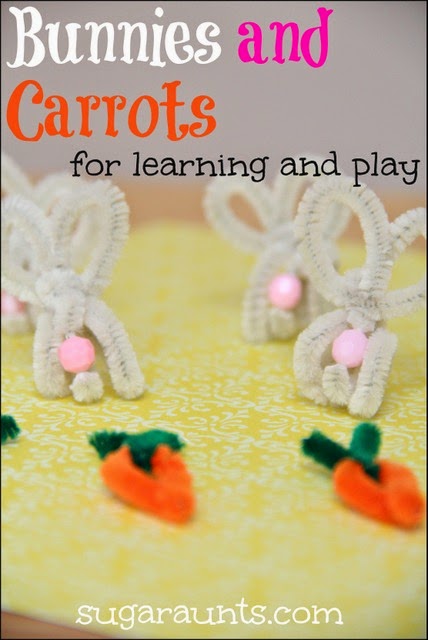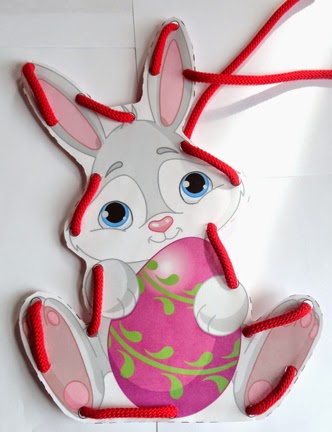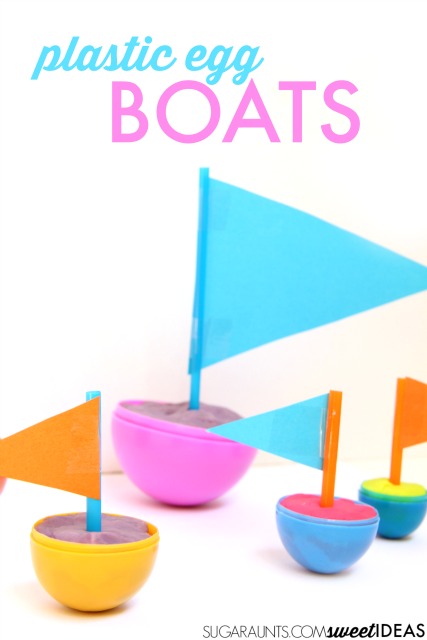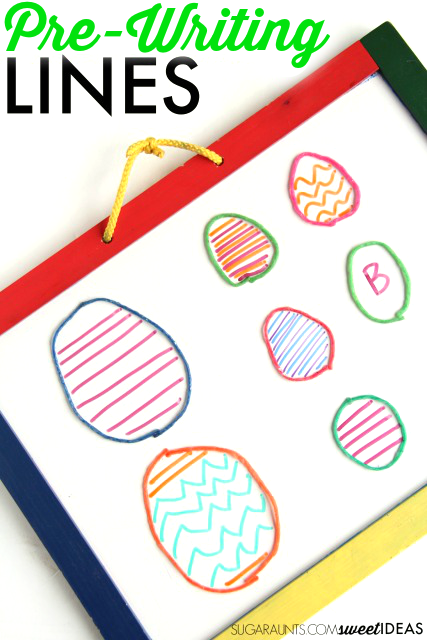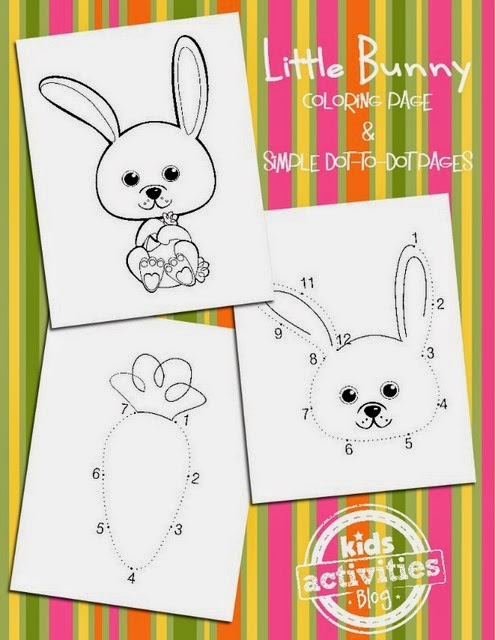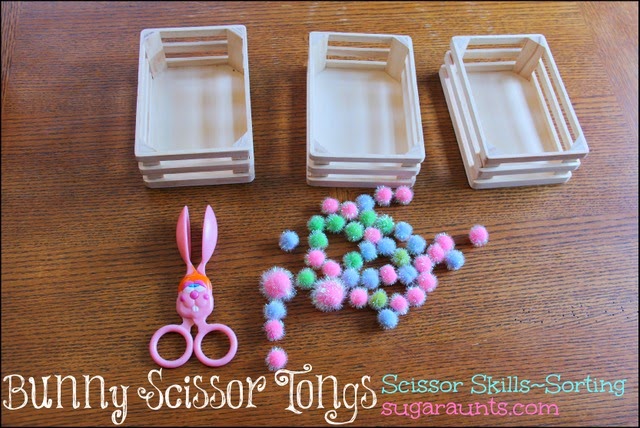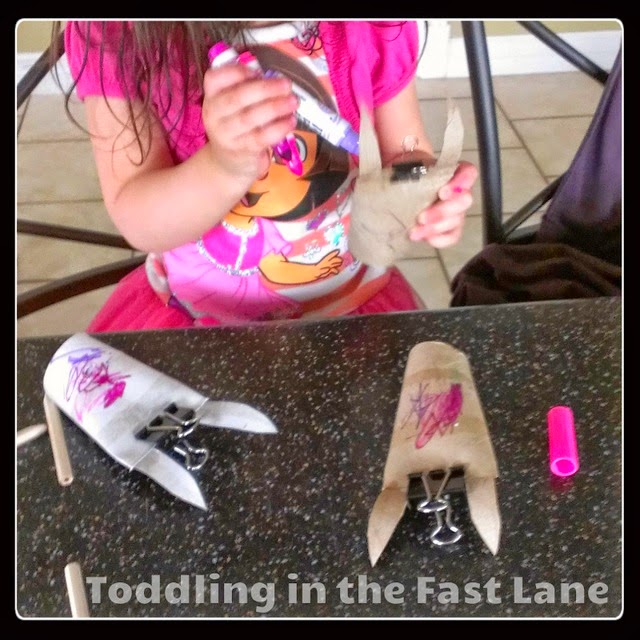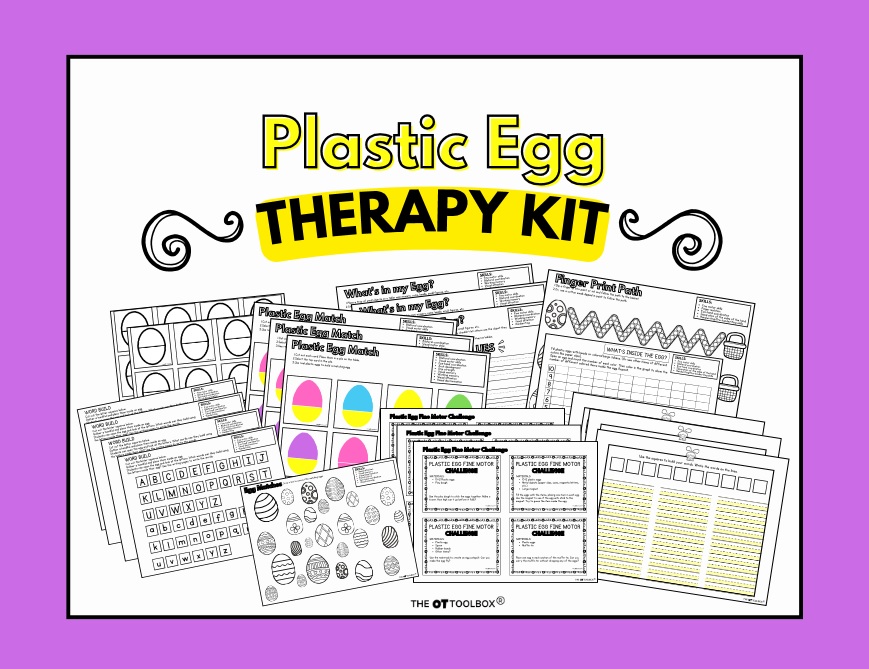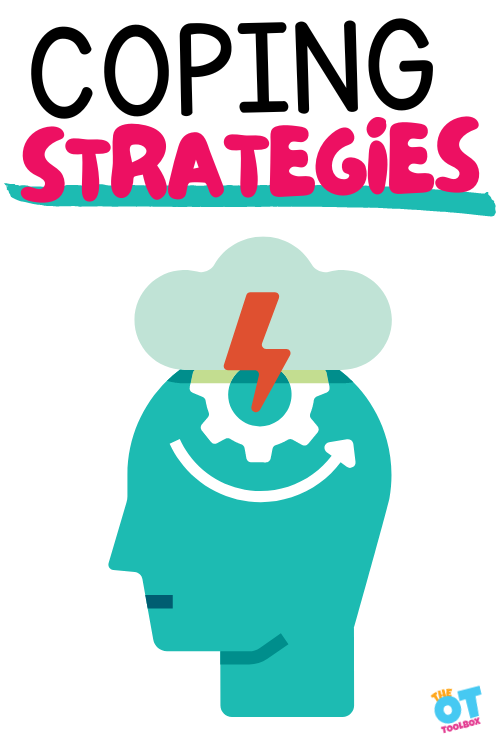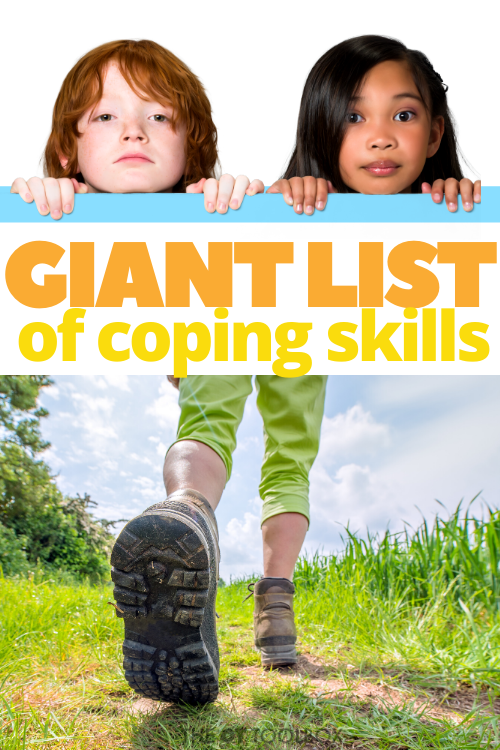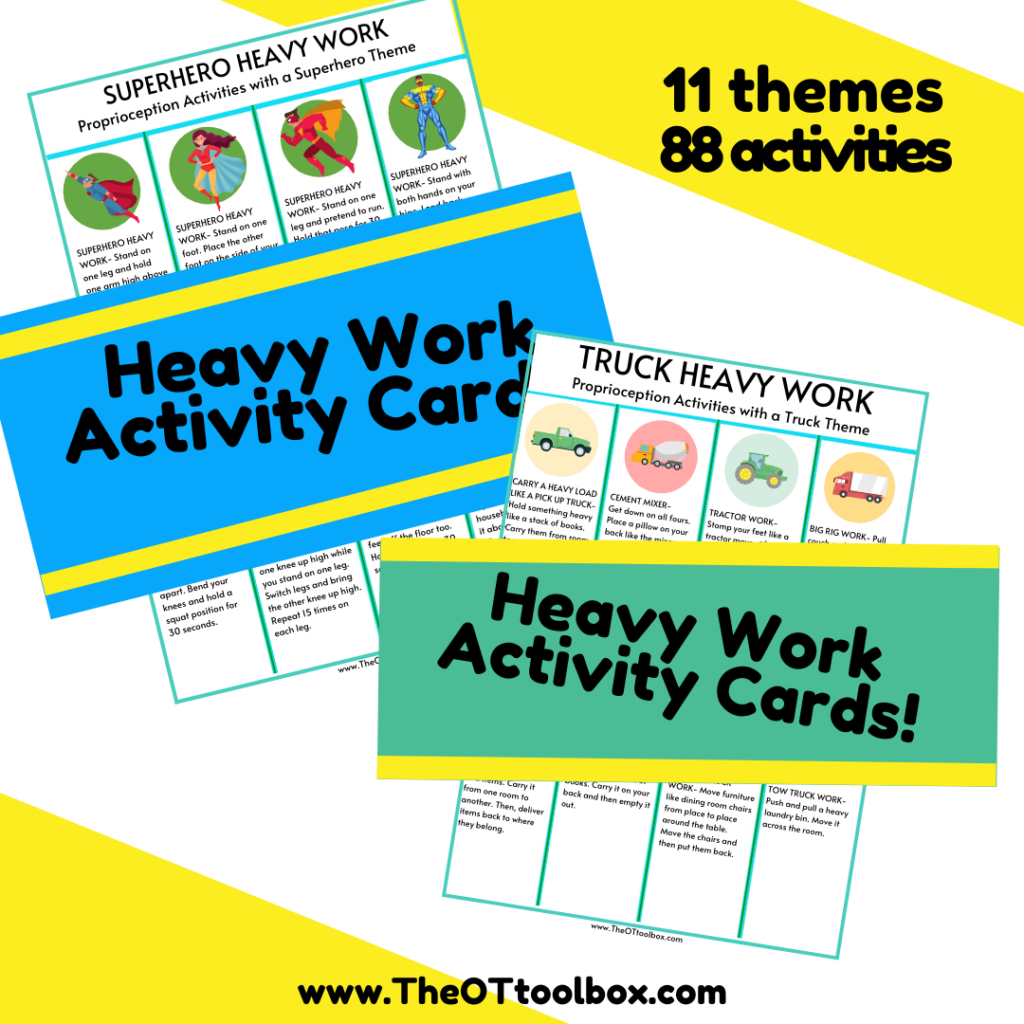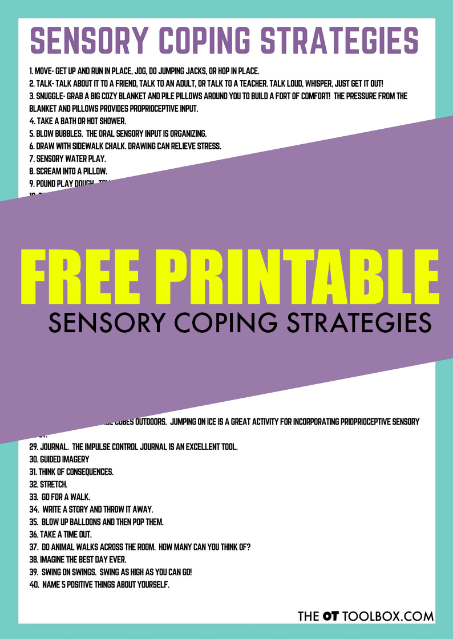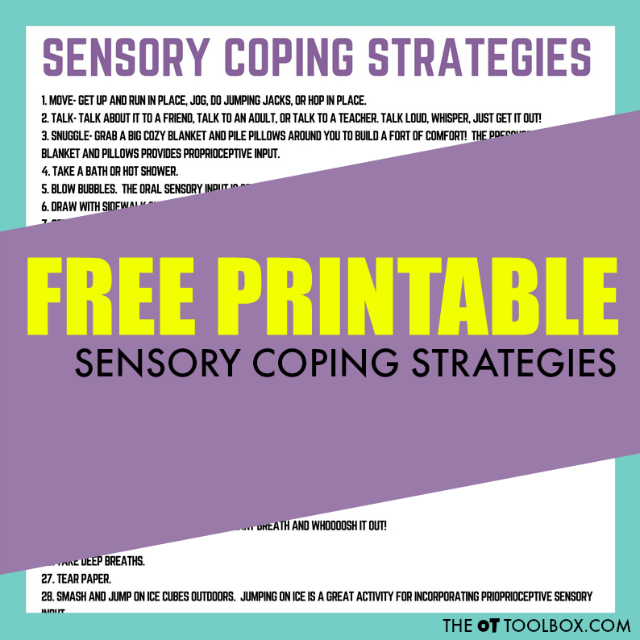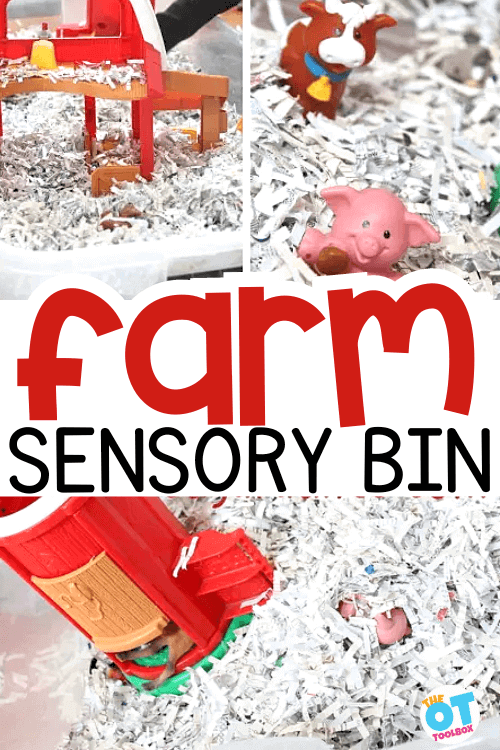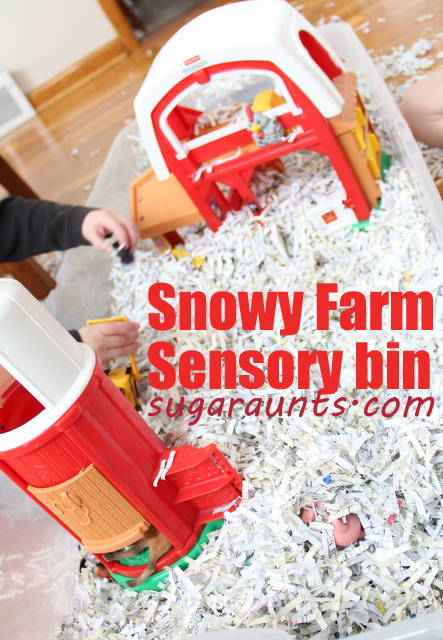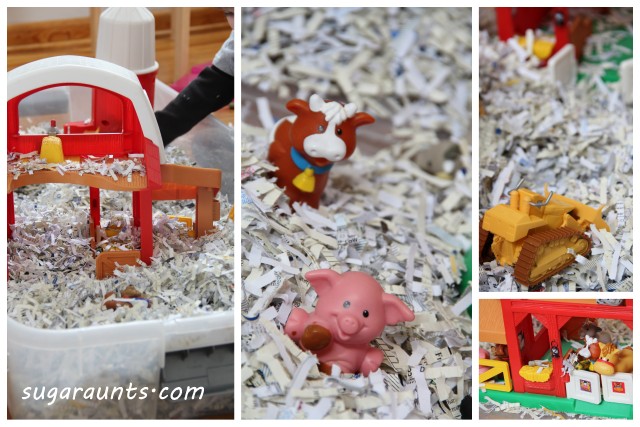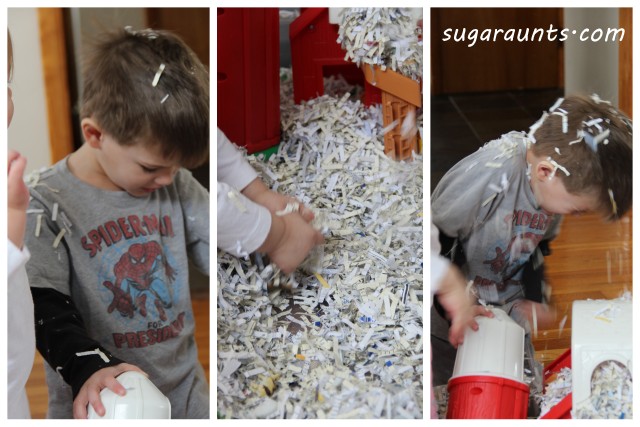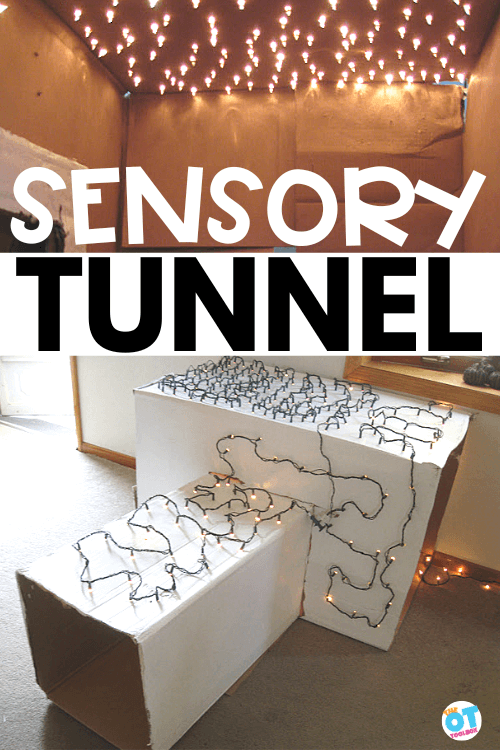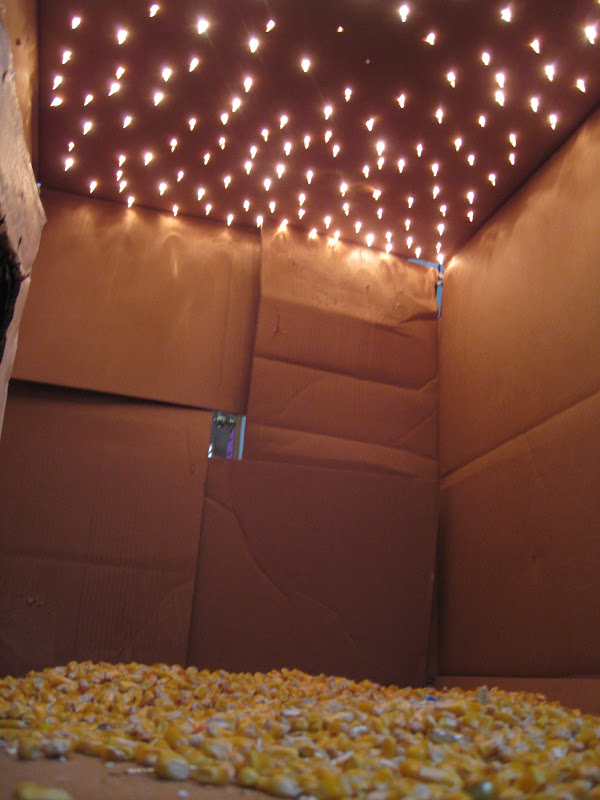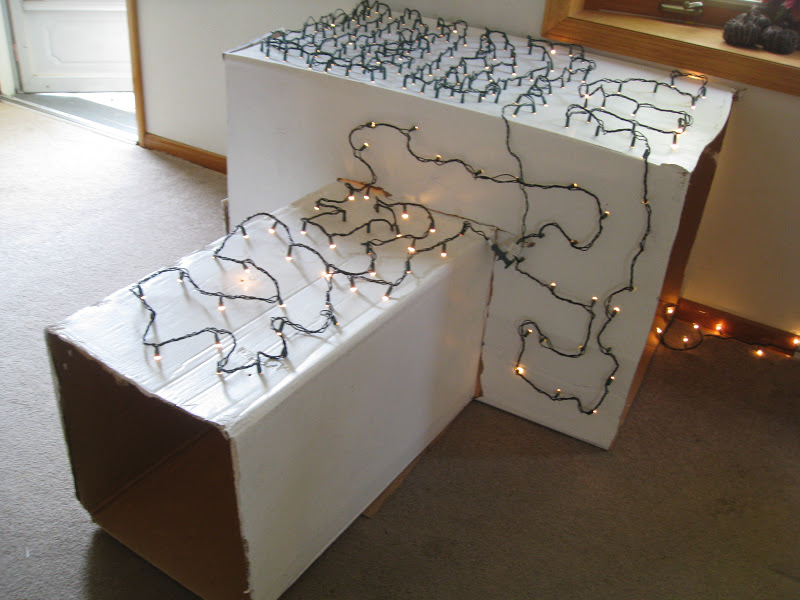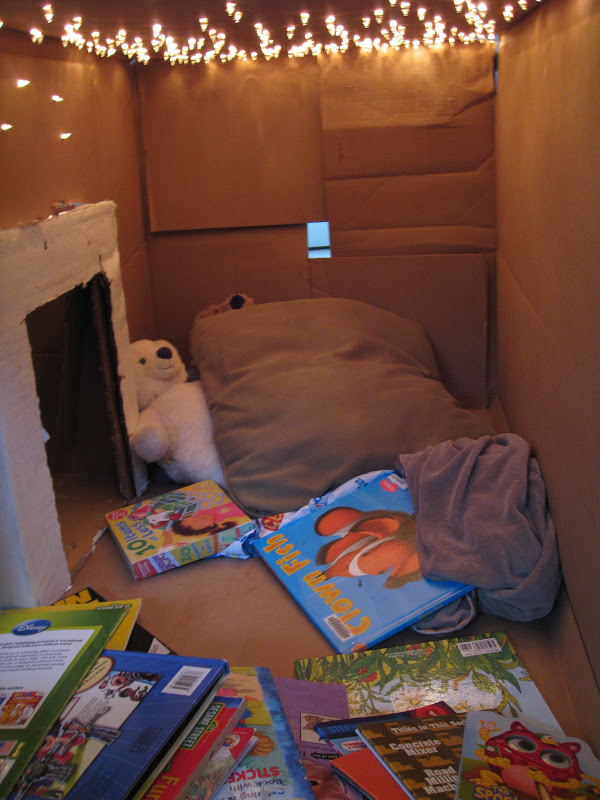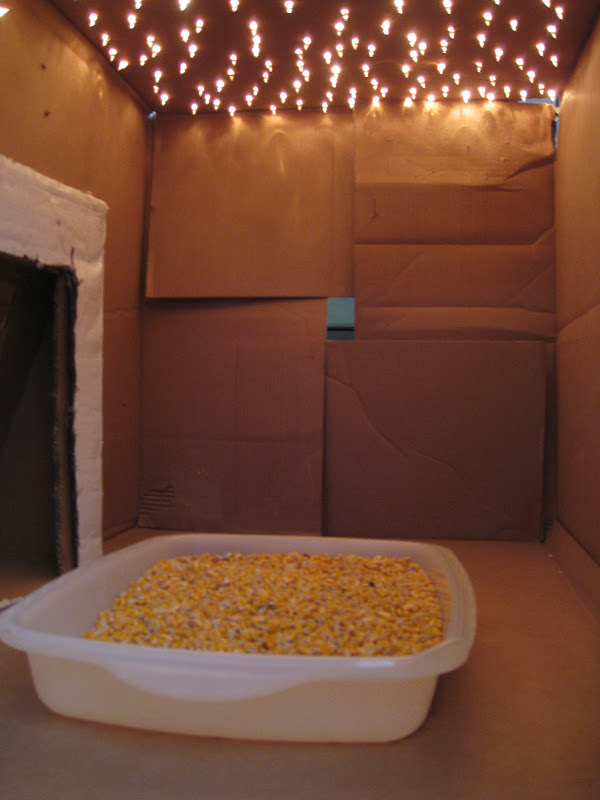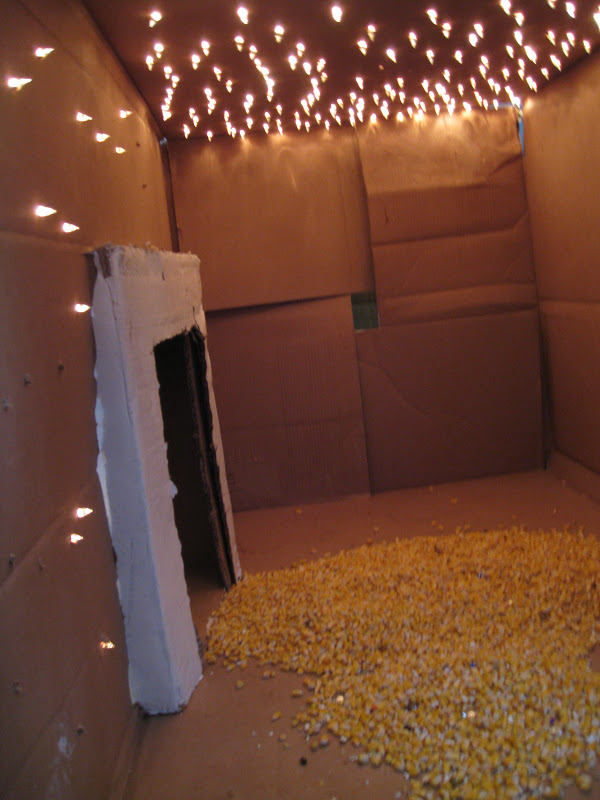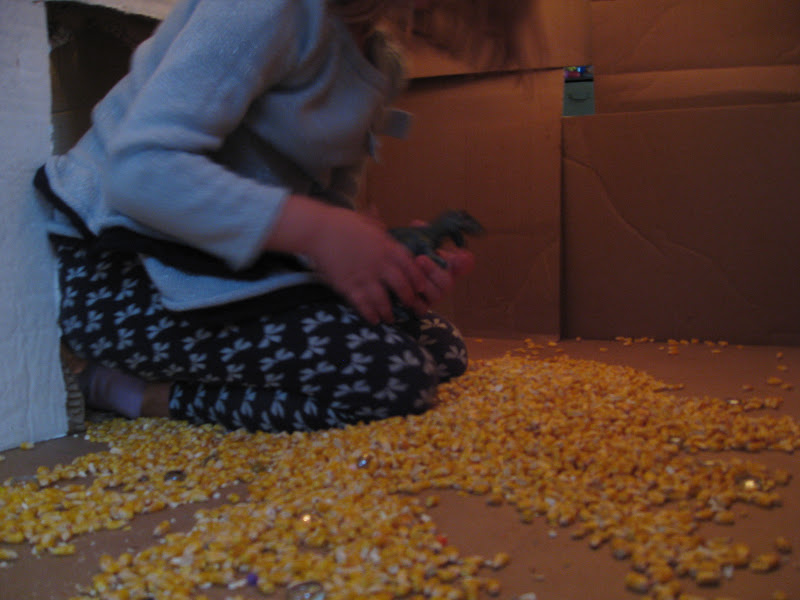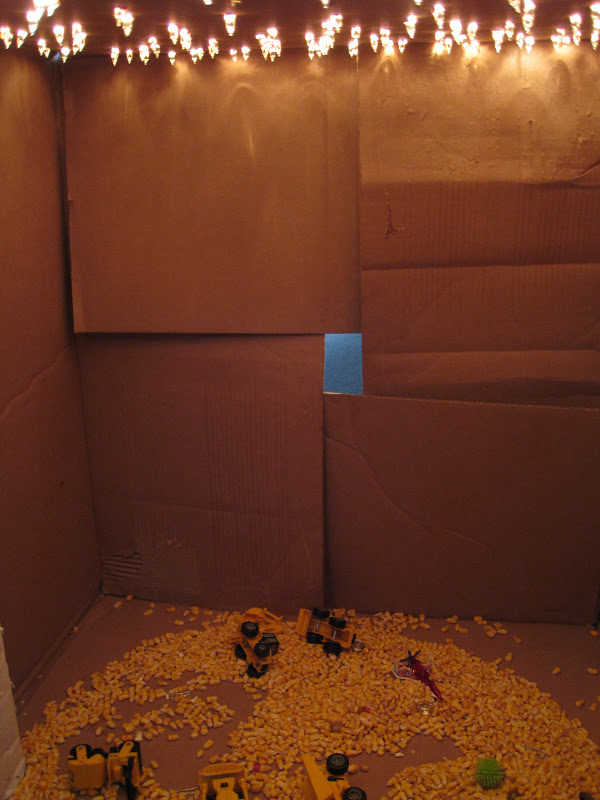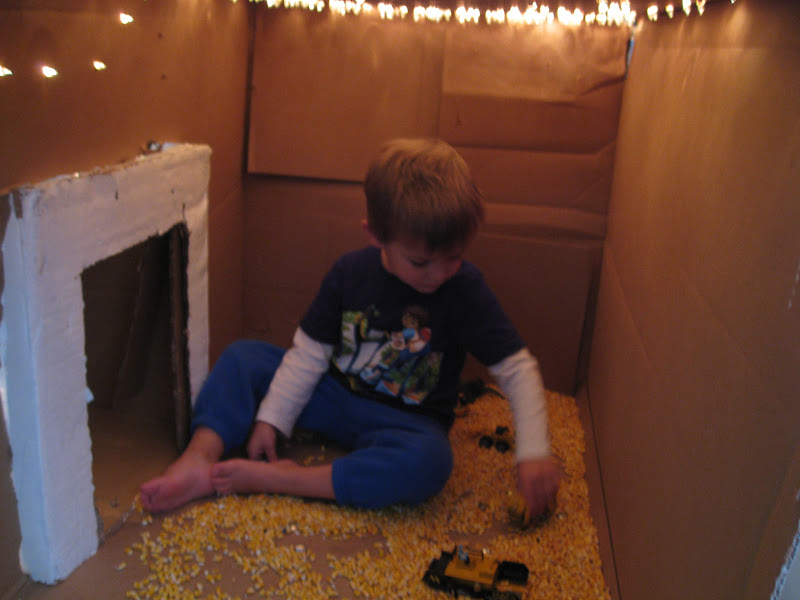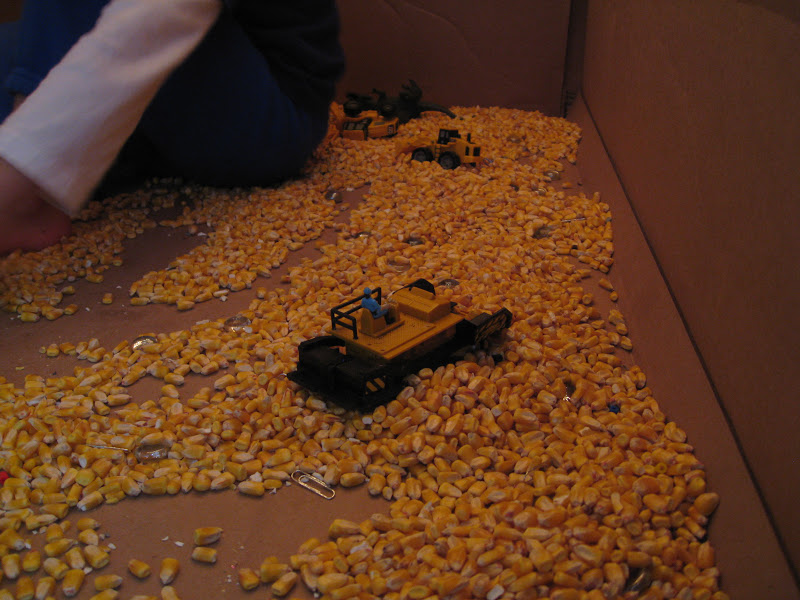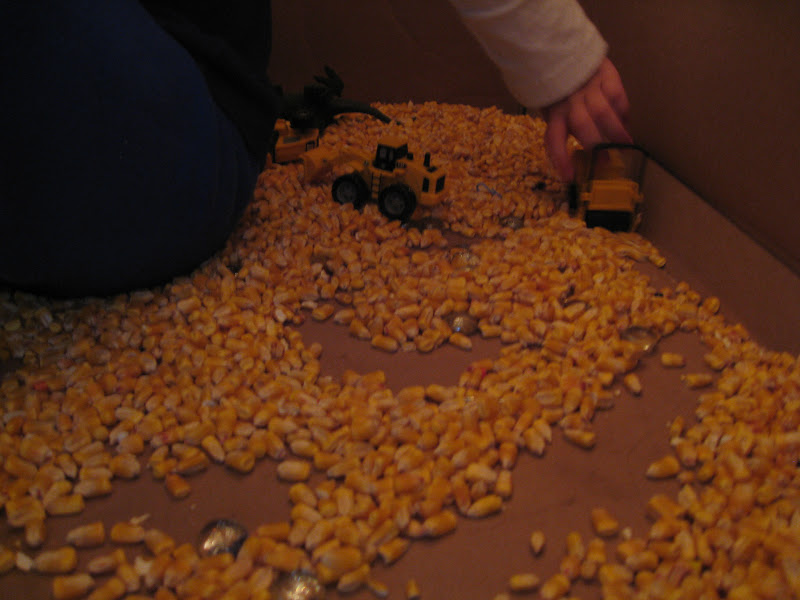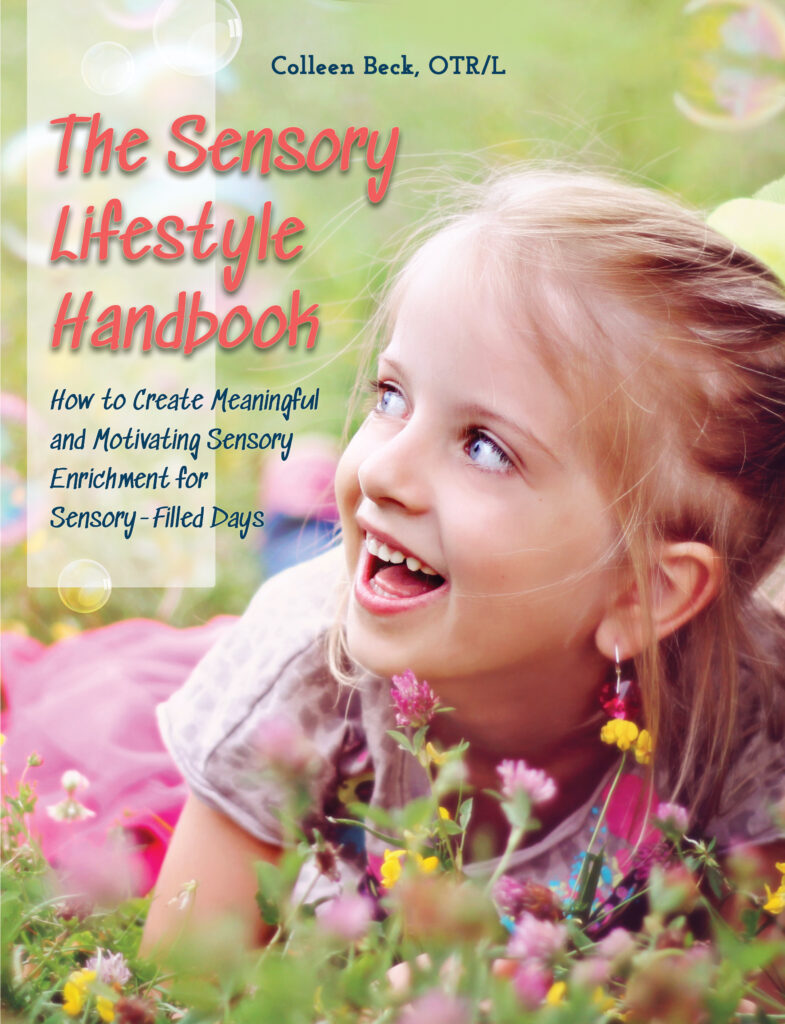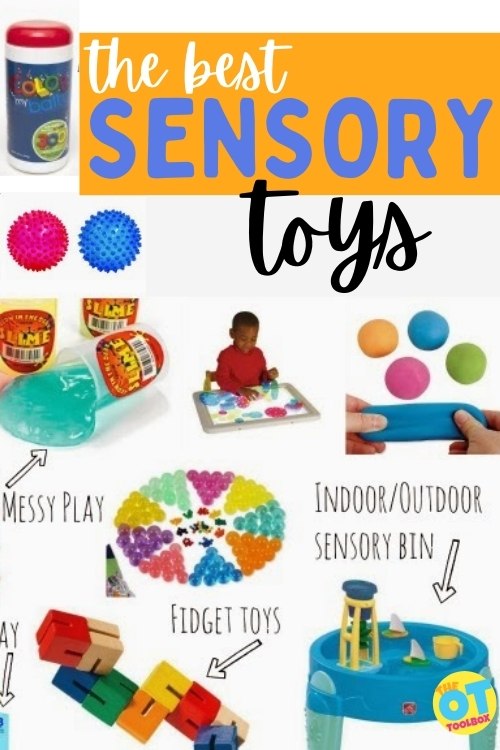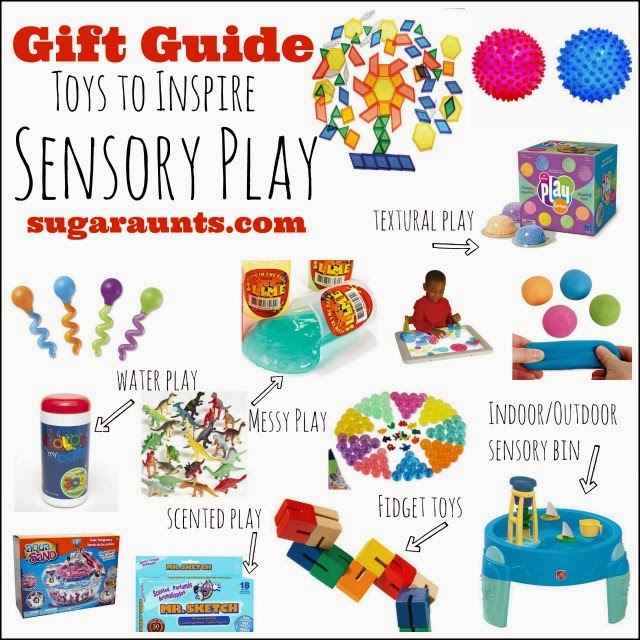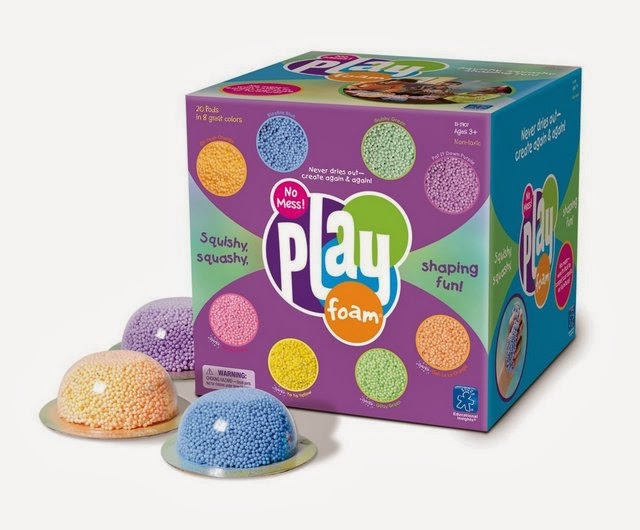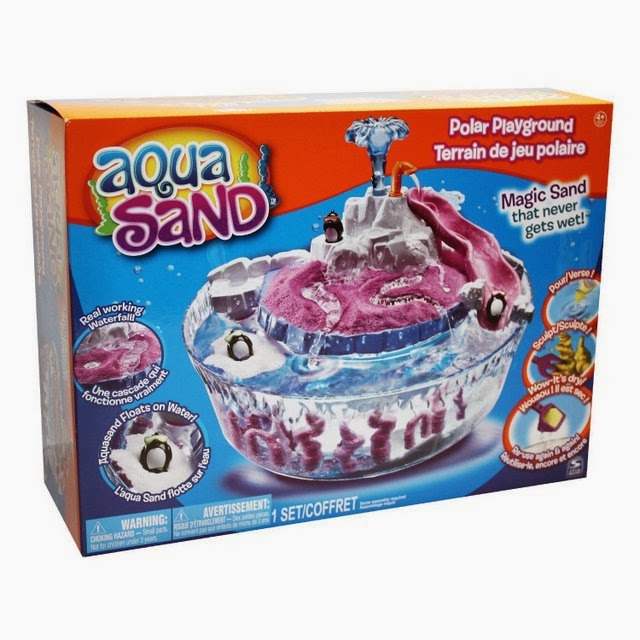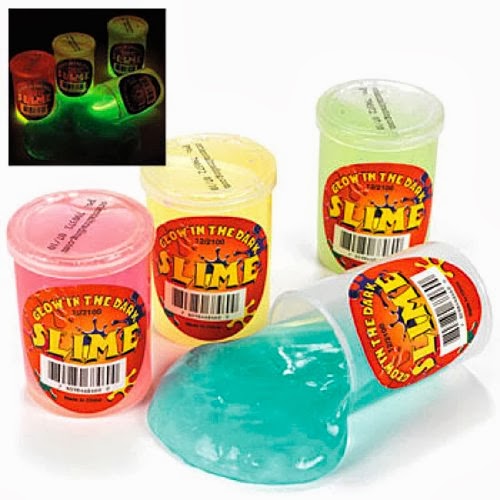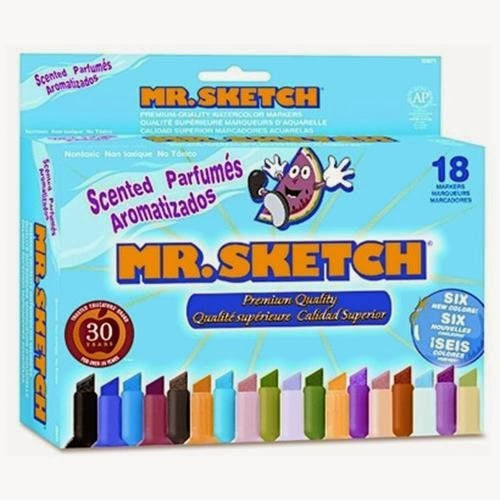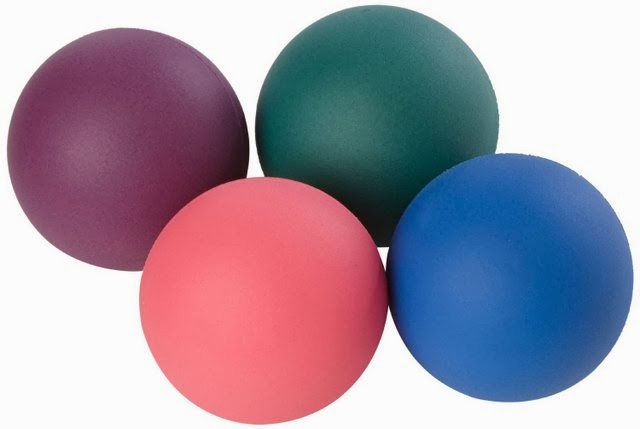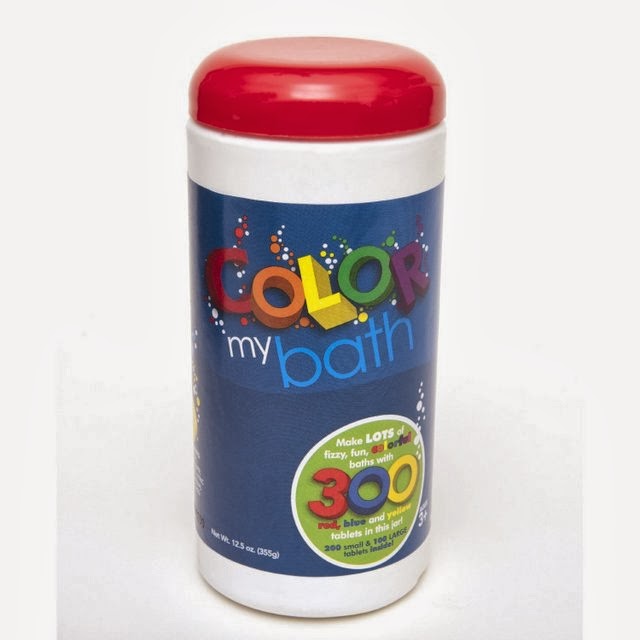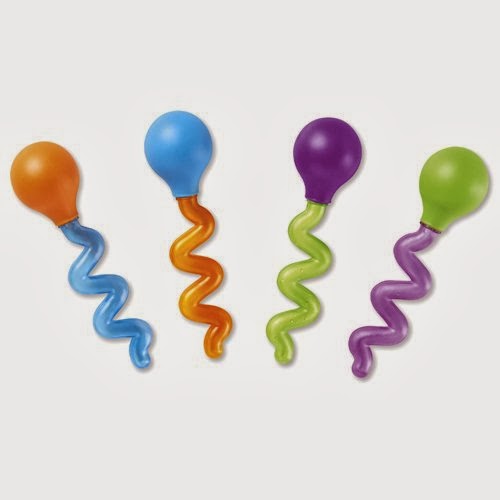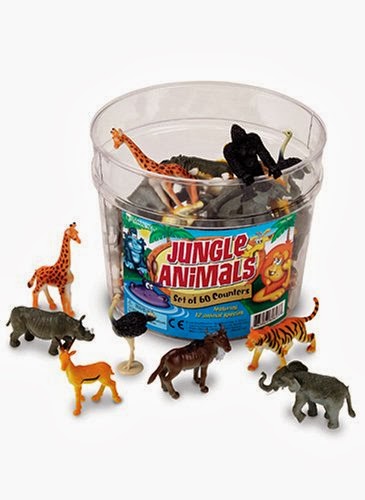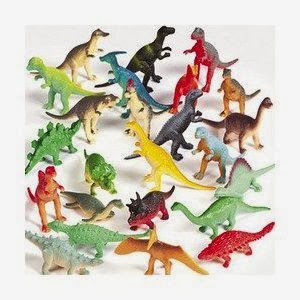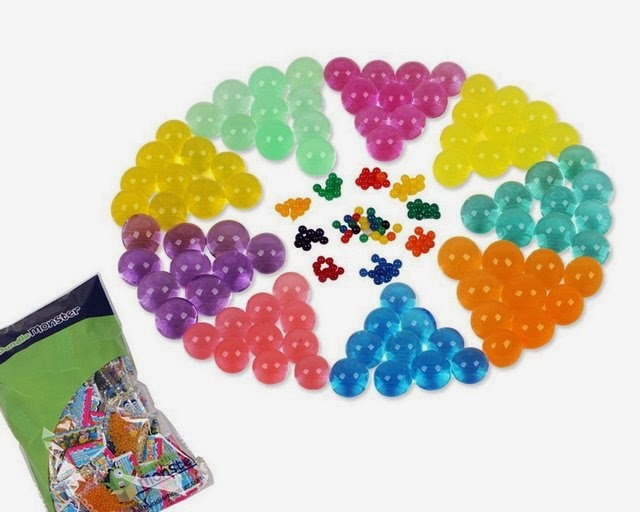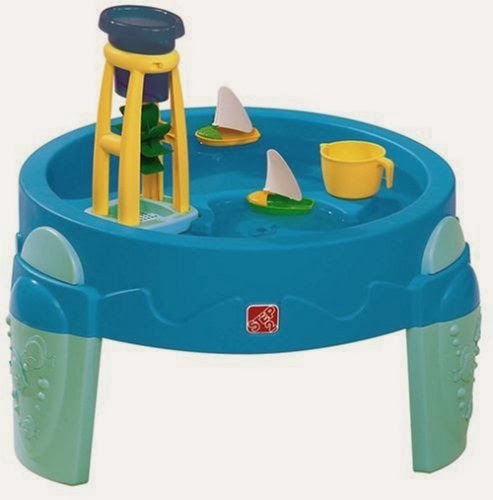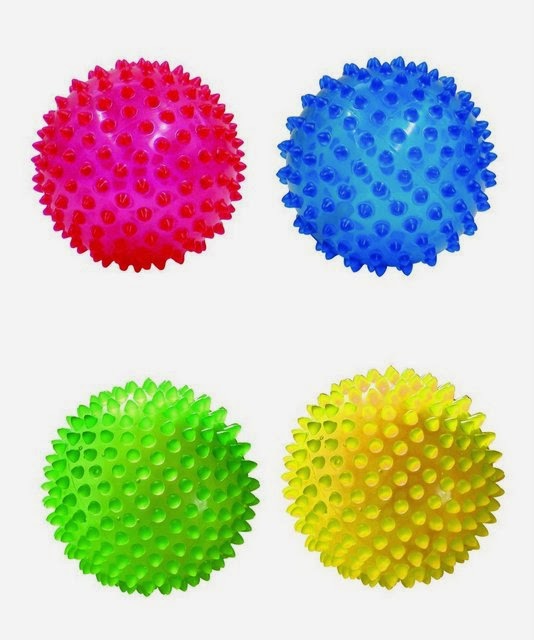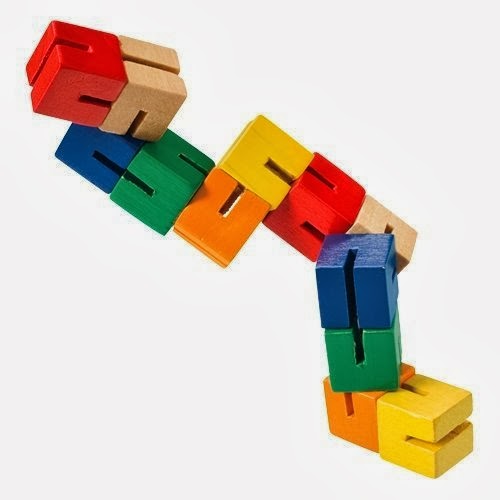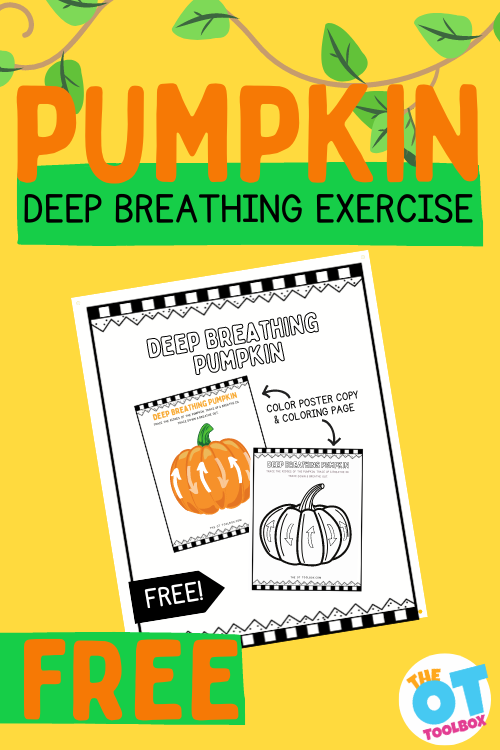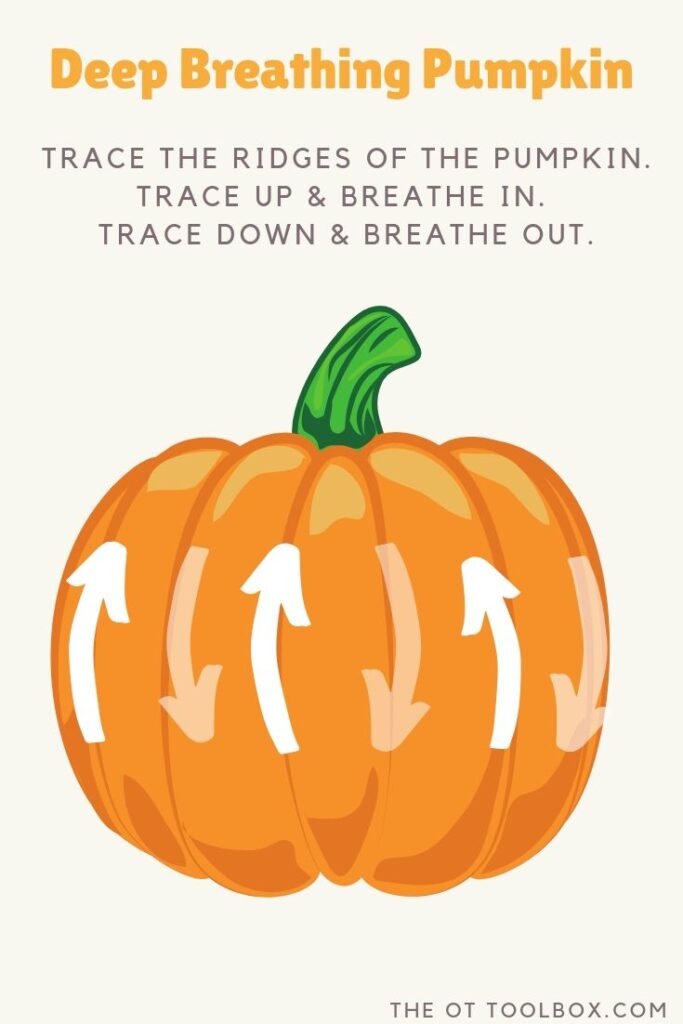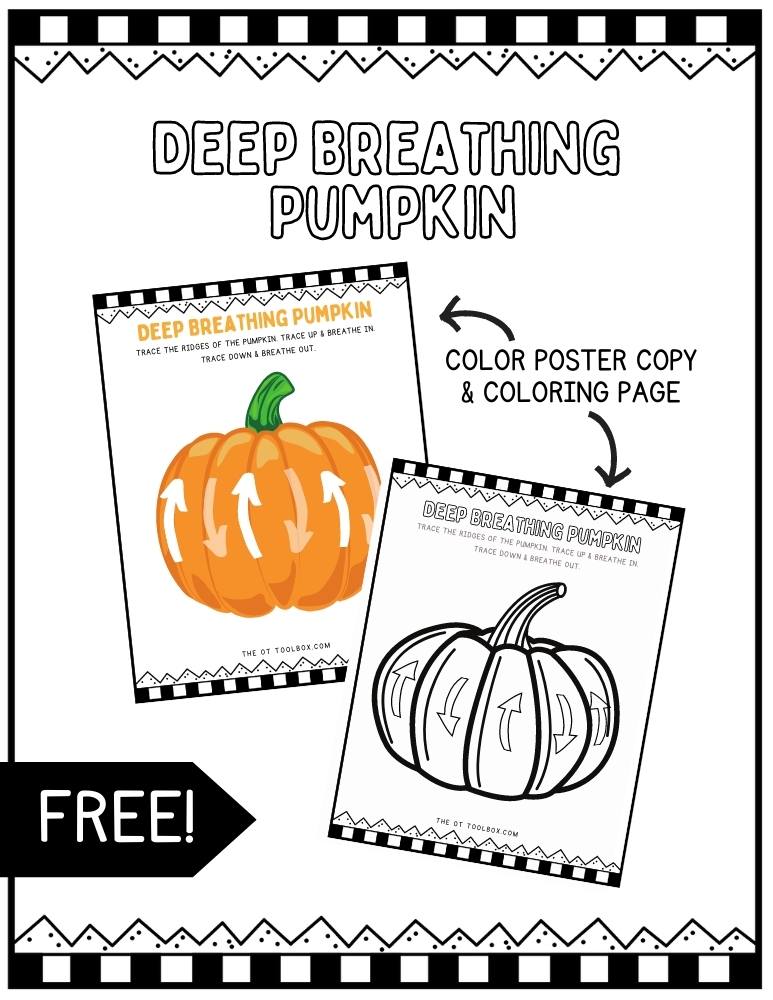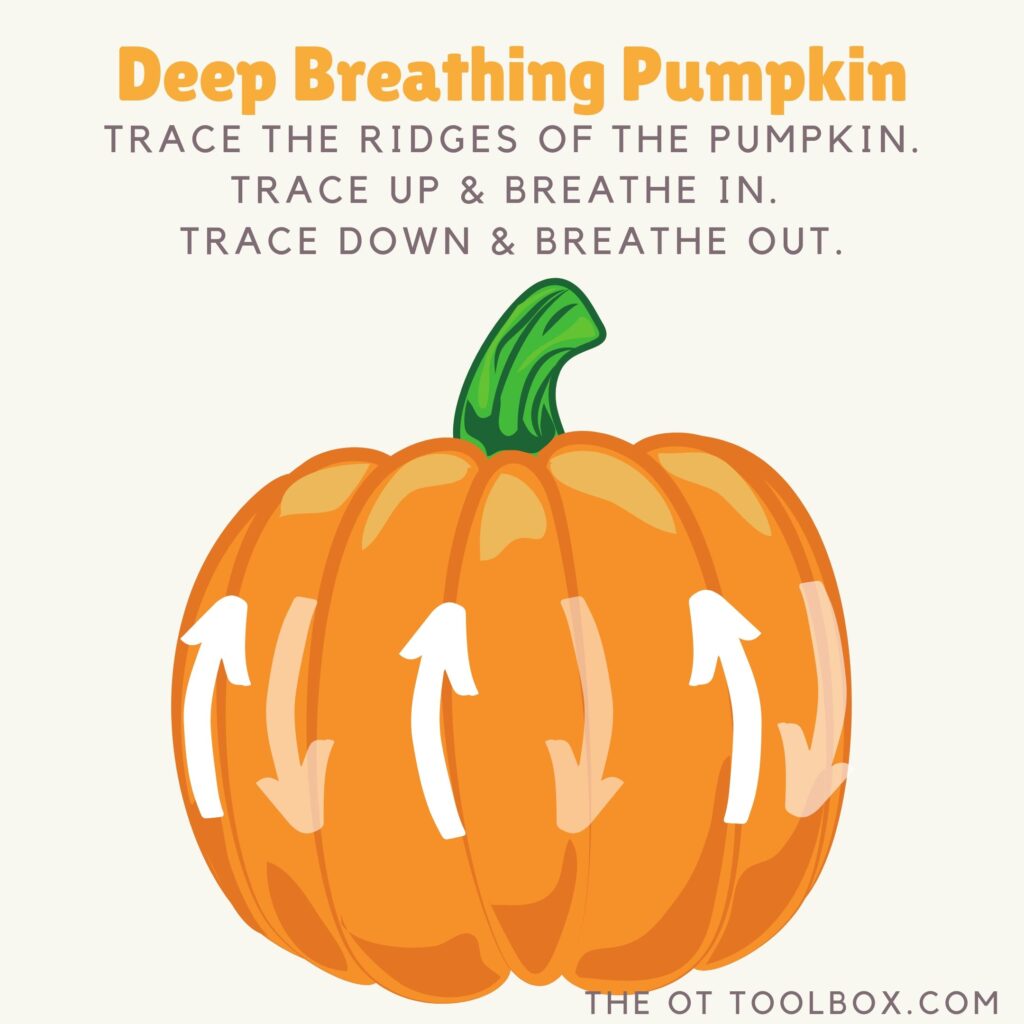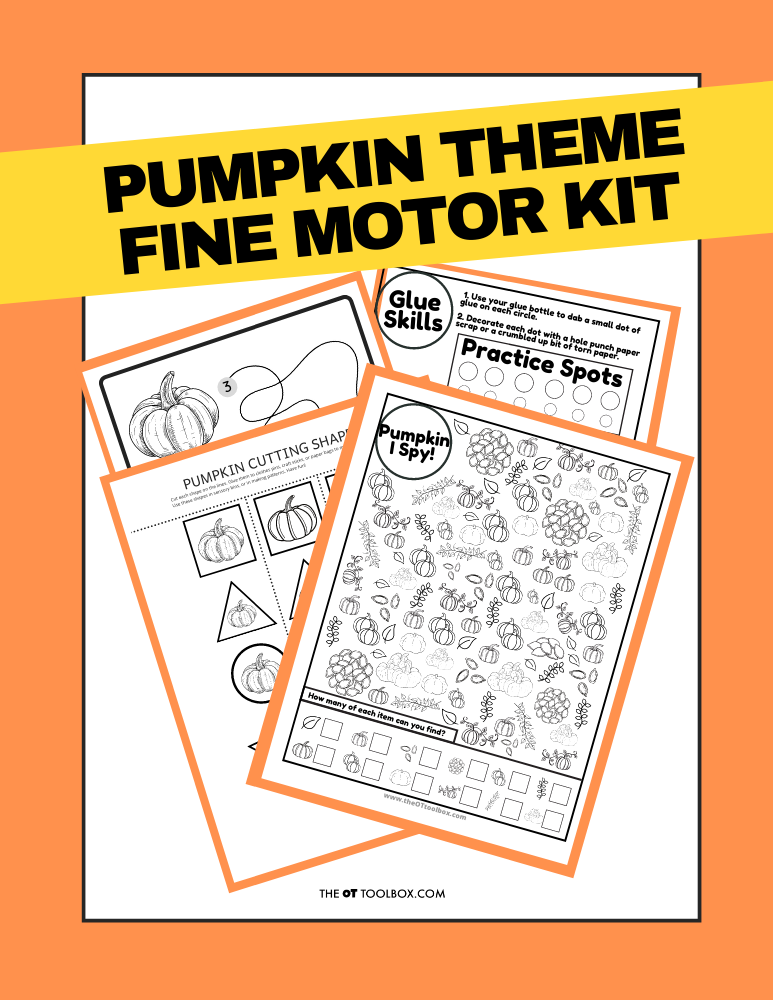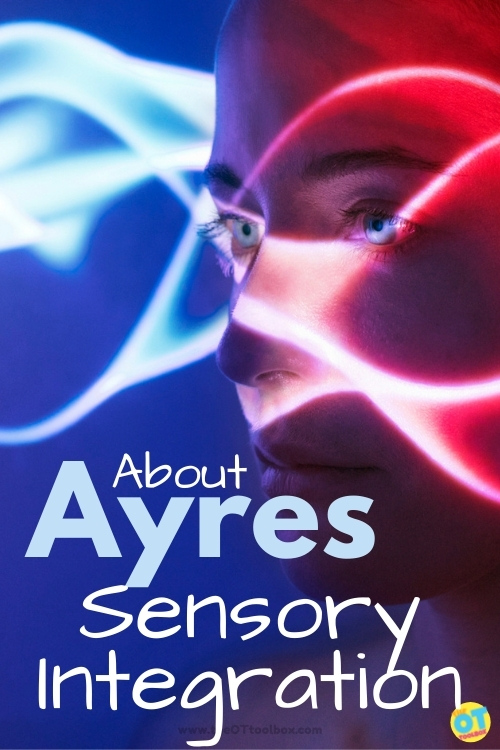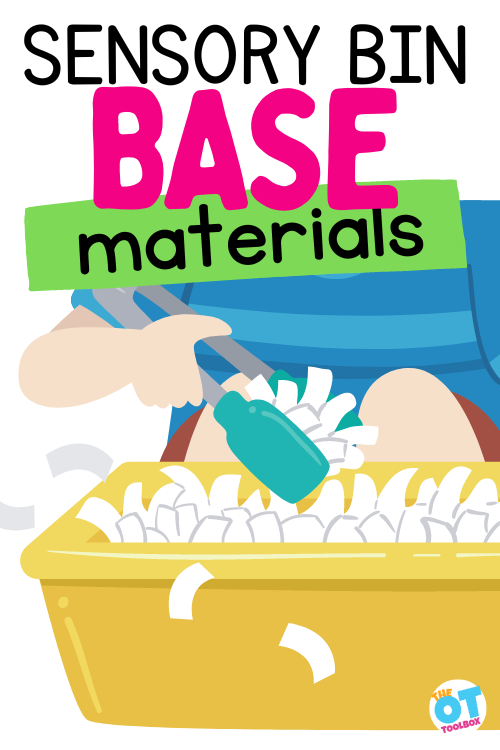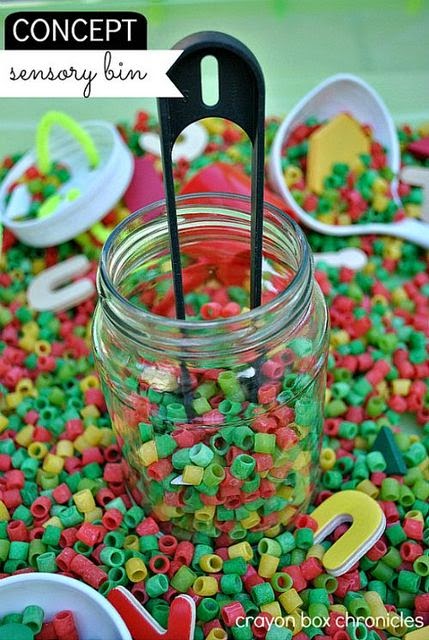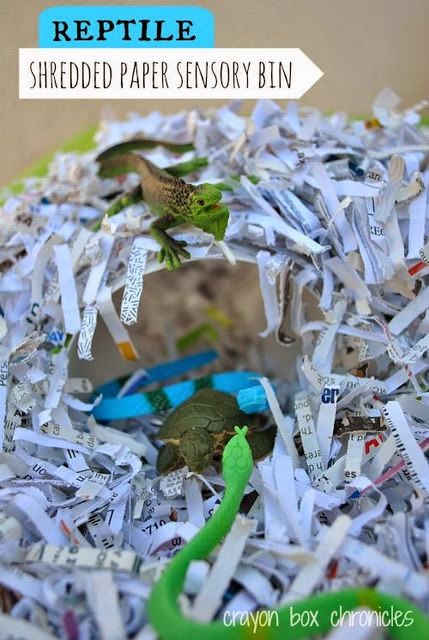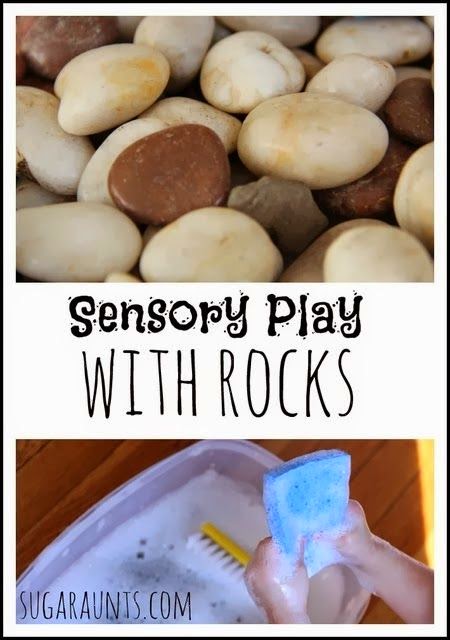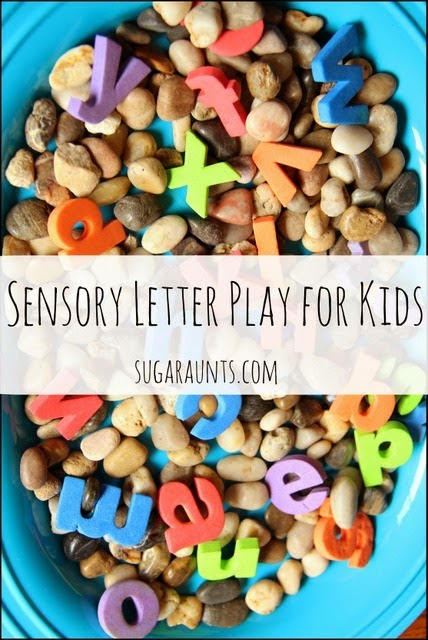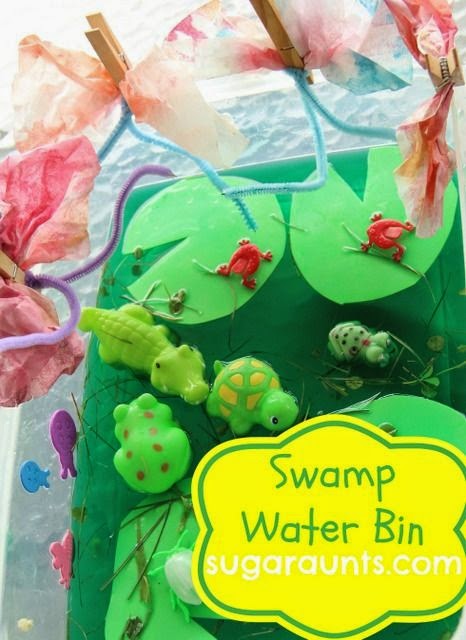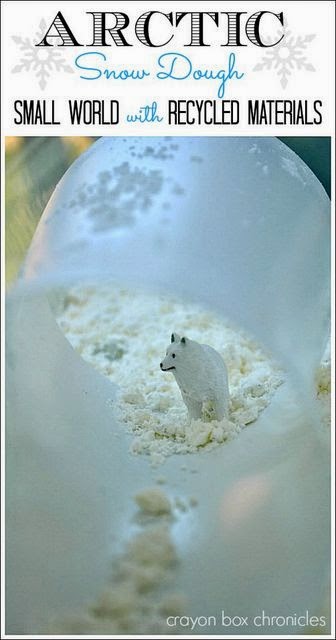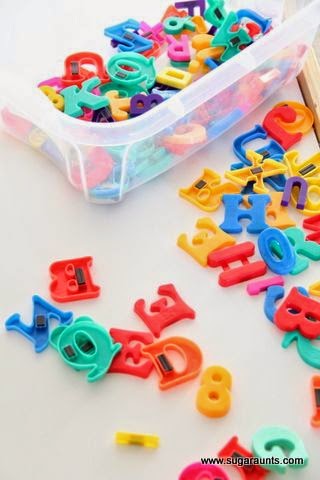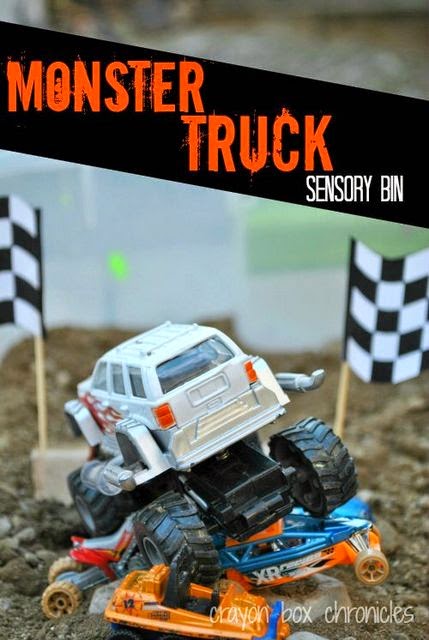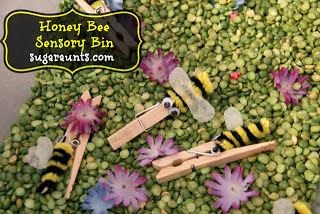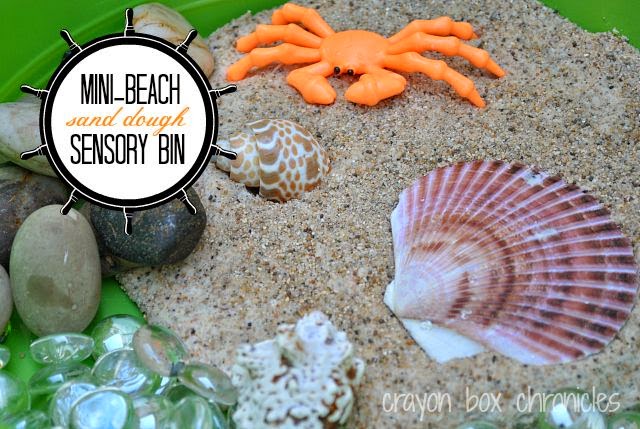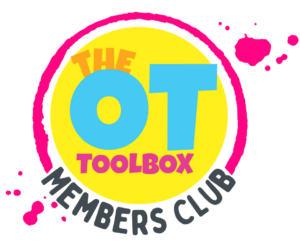Working on oral motor exercises as a sensory processing strategy for self-regulation, or as an oral motor tool to address physical needs? Ok, so we made a cute little cotton ball bunny to use in an Easter sensory activity as a small world play area to work on fine motor skills with an Easter theme. However, using them in imagination play, but, there are so many oral motor benefits to using these little cotton ball bunnies, too.
It was so much fun with that little cotton ball bunny family that we turned it into a big old collection of bunnies! That’s not all…we used them in an oral motor exercise, with major self-regulation benefits. Here is a how to for this Easter craft for kids as well as a run-down on oral motor skill work with everyday items.
One thing I love about this is that we were blowing cotton balls with straws as a calming and regulating activity, but it was a lot of fun, too!
You’ll also want to check out our other Bunny Activities:
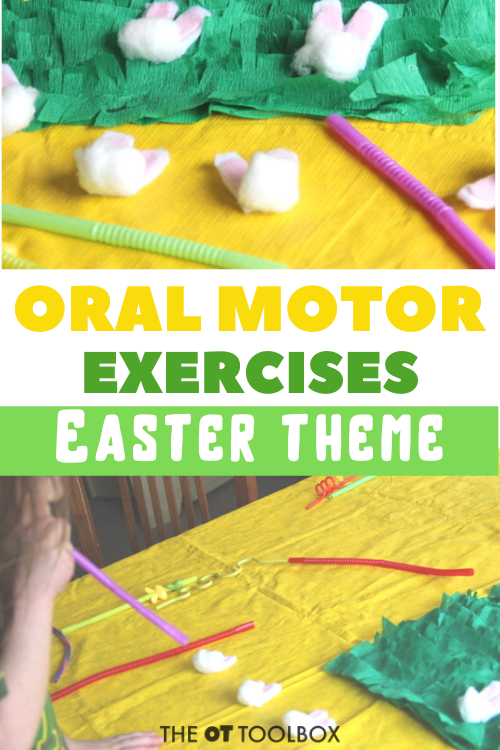
Oral Motor Exercises with an Easter Theme
Oral motor skills play a big part of feeding. In fact oral motor problems and feeding can impact food preferences as well as ability to eat certain food textures. There is a lot of information on oral motor skills on The OT Toolbox.
We’ve covered development of oral motor skills to the physical traits you may see with oral motor issues such as exaggerated jaw movements and issues that arise with stability bite patterns. Here is more information if you are wondering if feeding issues are related to oral motor skills or sensory concerns…or both.
Adding sensory work through the mouth in the form of proprioception is a powerful way to help kids recenter and gain input that is calming and regulating. That input “wakes up” the muscles of the mouth.
There is a mindfulness portion to this oral motor strategy, too. Taking deep breaths is so important in relaxation it brings awareness to your body. In this Easter oral motor activity, kids can blow through a straw to move the cotton ball bunnies while focusing on a static viewpoint at the end of the straw.
Did you know that blowing cotton balls with straws can do all of this??
Talk about centering and regulating! You can even ask the child to breathe in while you count to 5 and then breath out as they move the bunny with the power of their breath.
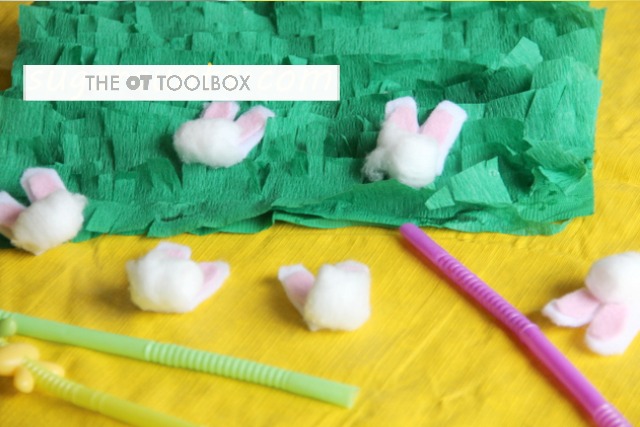
Oral Motor Exercises for Heavy work
To do this self regulation activity, it’s actually pretty simple.
- Line up a row of cotton ball bunnies on the table.
- Give the child a straw and ask them to blow into the straw to push the bunny toward a target.
- You can ask them to move a certain number of bunnies in a specific amount of time, or they can simply move all of the bunny family with their breath.
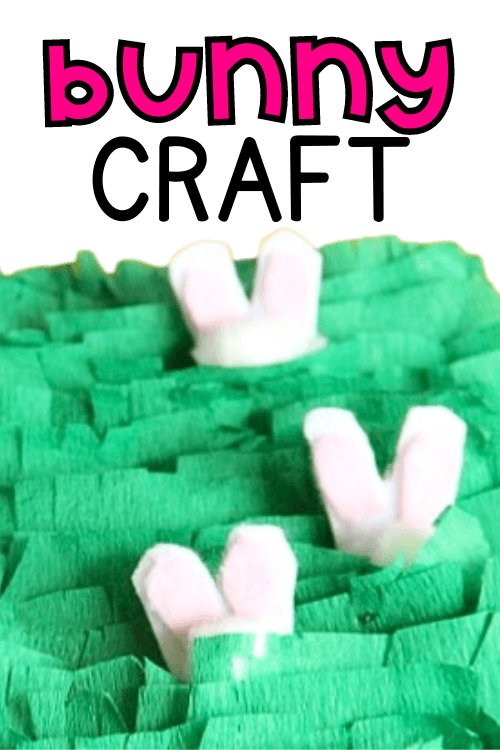
Oral Motor Exercise
I wanted to try a little Easter-themed game with Big Sister. (She didn’t know that it was actually an oral motor exercise that supports development!)
I put the cotton ball bunnies out on the table, along with the grass and some straws. She had to blow the bunnies into the grass using a straw.
Scroll below for instructions on how to make the DIY grass matt to use in sensory play activities.
To make the oral motor exercise easier or harder:
- Try using different lengths of straws to change the breath power and amount of deep breathing they need to take.
- You can also pinch the straw to require more effort in the oral motor therapy idea.
- Try using different types of straws, too. Some ideas include using a large sports straw like we did in the pictures here, or a coffee stirrer straw.
The options are endless and can be means of grading this activity up or down to meet the specific needs of the child.
This is a fun exercise/game for kids with oral-motor problems including poor lip closure, stability of the jaw, or muscle development of the mouth, jaw, and tongue. Blowing through a straw can also help with sensorimotor integration.
Older kids who constantly put things into their mouth (pencils, clothing, fingers…) may be seeking oral input/sensorimotor input that their body needs.
This game is a fun way to work on any of these areas. Use fatter straws at first and work toward thinner straws for a graded exercise. If this activity to too difficult for your child with oral-motor or sensorimotor needs, try a smaller item such as a feather or a crafting fuzz ball.
You could also work on oral motor skills and the proprioceptive heavy work with this Egg Boat activity.
Oral motor exercises like these are beneficial to add heavy work input through the mouth and lips that is calming and regulating.
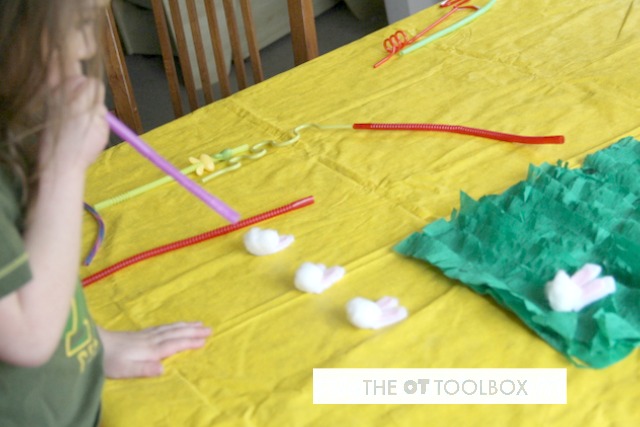
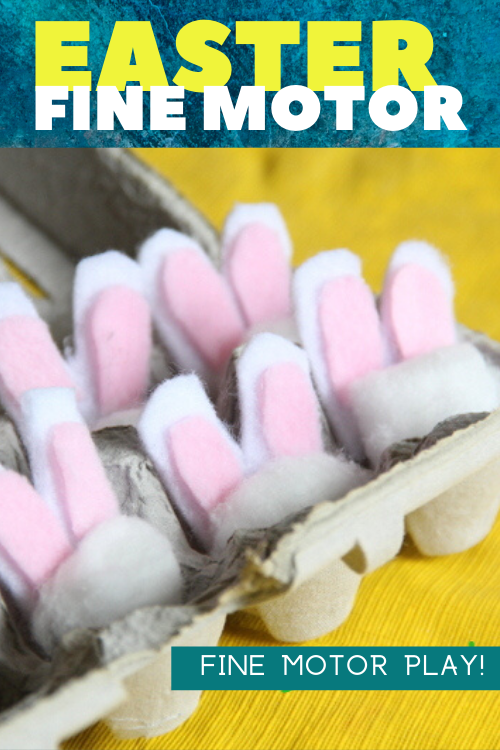
Fine Motor Skills Activity
These little Easter bunny crafts were perfect to in a fine motor skills activity, too. With a tray, a handful of river rocks, and a DIY crepe paper matt, we made an Easter-themed small world to work on fine motor skills with my littlest one.
My daughter, who was a toddler in these photos, loved to explore and play as she picked up and moved the cotton ball bunnies, the rocks, and small carrots.
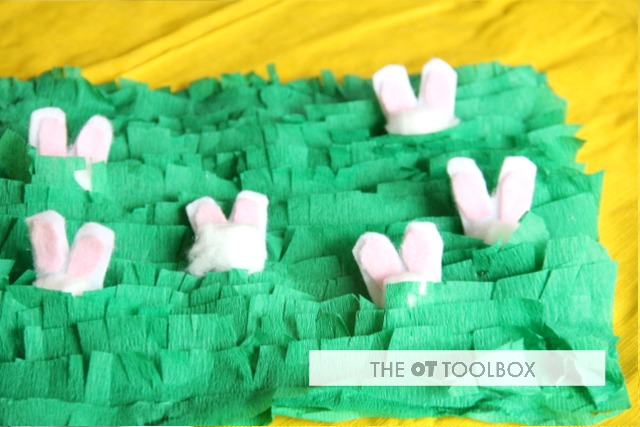
To make the grass matt, we used a roll of green crepe paper. It was glued on one side to a sheet of construction paper. I asked my preschooler to snip into the edges of the top side of the crepe paper, so it made a fringed edge. This was a great scissor activity for her.
This Easter play activity turned out to be a fun fine motor activity for toddlers and a fine motor ideas for preschoolers, too! I think the quote from my preschooler was… “Wow, this is cool, Mom!”

Easter Play IDEA
Play idea for toddlers- Baby Girl especially loved playing with the little bunnies in an Easter small world play set-up. She would move the bunnies, stones, and carrots one at a time from the bowl to the grass…and then back again.
Play idea for preschoolers- Big Sister had fun using the bunnies for imagination play, making them go into their garden, lining up the rocks, and making the bunnies steal the carrots.
Little Guy wanted nothing to do with any of this. I guess there were not any superheroes or bad guys involved. Cute little bunnies are not his thing 🙂
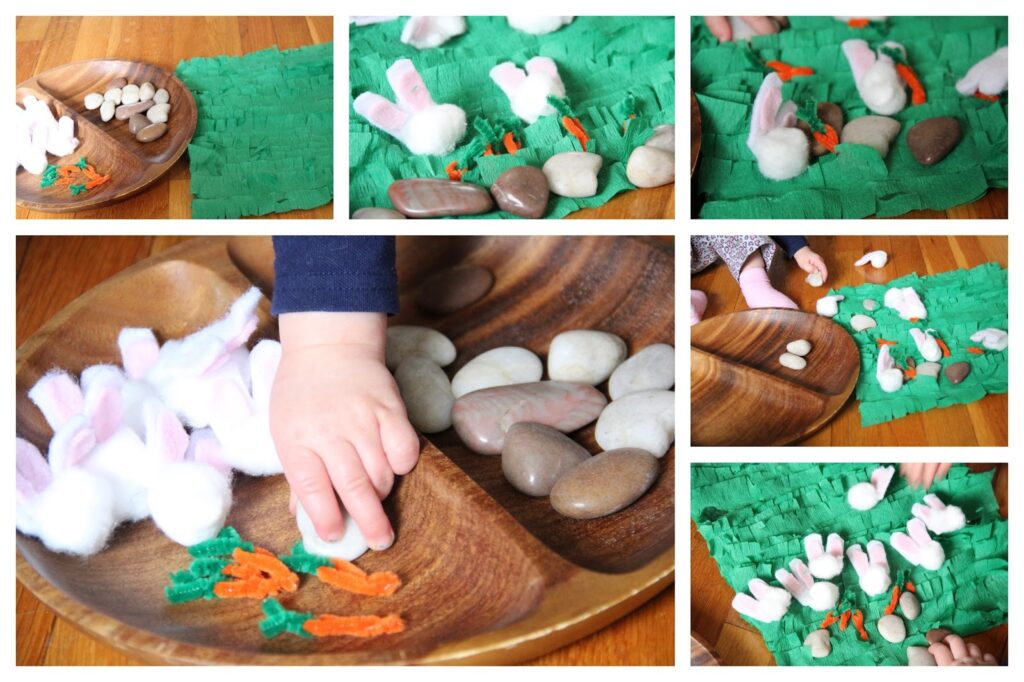
We are having a lot of fun with our little bunnies!
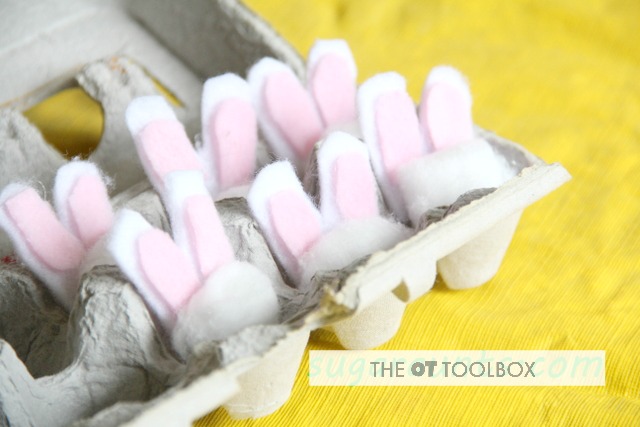
TO make the Cotton Ball Bunny Craft
Making this Easter bunny craft is super easy.
- We used a glue gun to make sure the pieces were securely attached for sensory play with my toddler. However, regular craft glue would work as well.
- You’ll need a cotton ball, white foam sheet, and a pink felt sheet.
- Cut out two large white ears and two smaller pieces for the inner ear.
- Use the craft glue to hold these pieces in place.
- Add gentle pressure to make sure all of the pieces are securely attached.
This bunny craft came together fairly quickly, so I was able to create a whole set of the bunnies.
Then, use them to play!
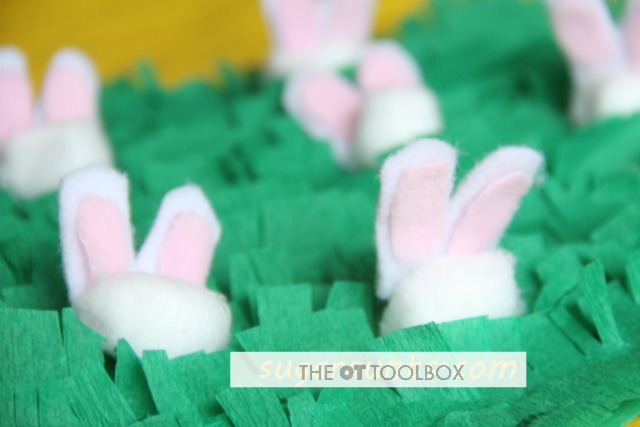
Spring Fine Motor Kit
Score Fine Motor Tools and resources and help kids build the skills they need to thrive!
Developing hand strength, dexterity, dexterity, precision skills, and eye-hand coordination skills that kids need for holding and writing with a pencil, coloring, and manipulating small objects in every day task doesn’t need to be difficult. The Spring Fine Motor Kit includes 100 pages of fine motor activities, worksheets, crafts, and more:
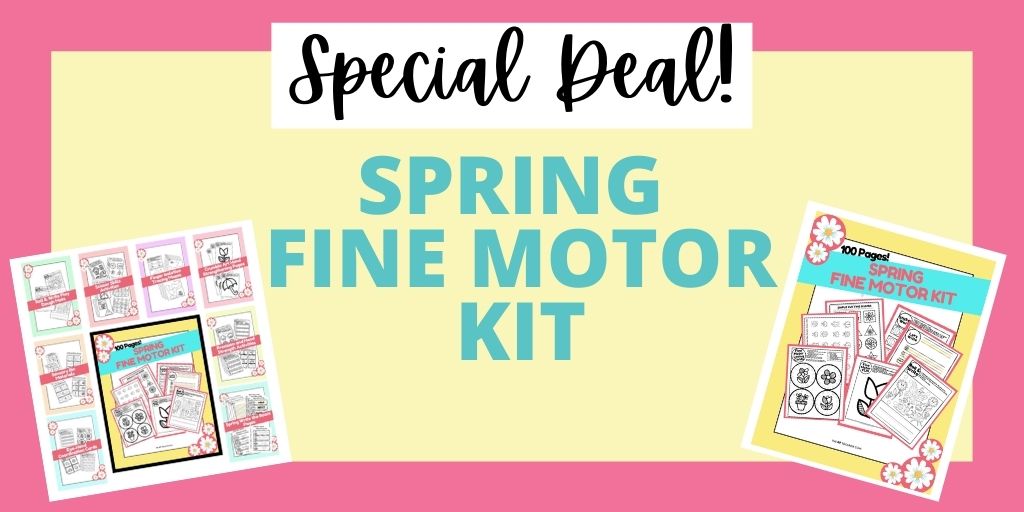
- Lacing cards
- Sensory bin cards
- Hole punch activities
- Pencil control worksheets
- Play dough mats
- Write the Room cards
- Modified paper
- Sticker activities
- MUCH MORE
Click here to add this resource set to your therapy toolbox.
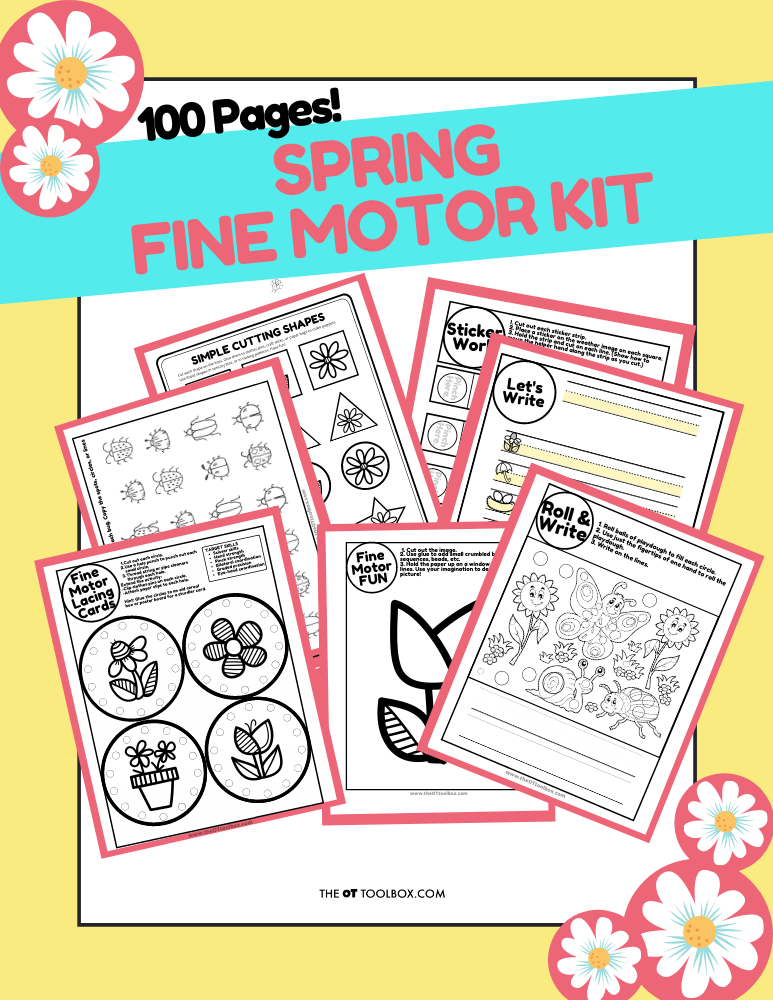


Grab your copy of the Spring Fine Motor Kit and build coordination, strength, and endurance in fun and creative activities. Click here to add this resource set to your therapy toolbox.









Colleen Beck, OTR/L has been an occupational therapist since 2000, working in school-based, hand therapy, outpatient peds, EI, and SNF. Colleen created The OT Toolbox to inspire therapists, teachers, and parents with easy and fun tools to help children thrive. Read her story about going from an OT making $3/hour (after paying for kids’ childcare) to a full-time OT resource creator for millions of readers. Want to collaborate? Send an email to contact@theottoolbox.com.

